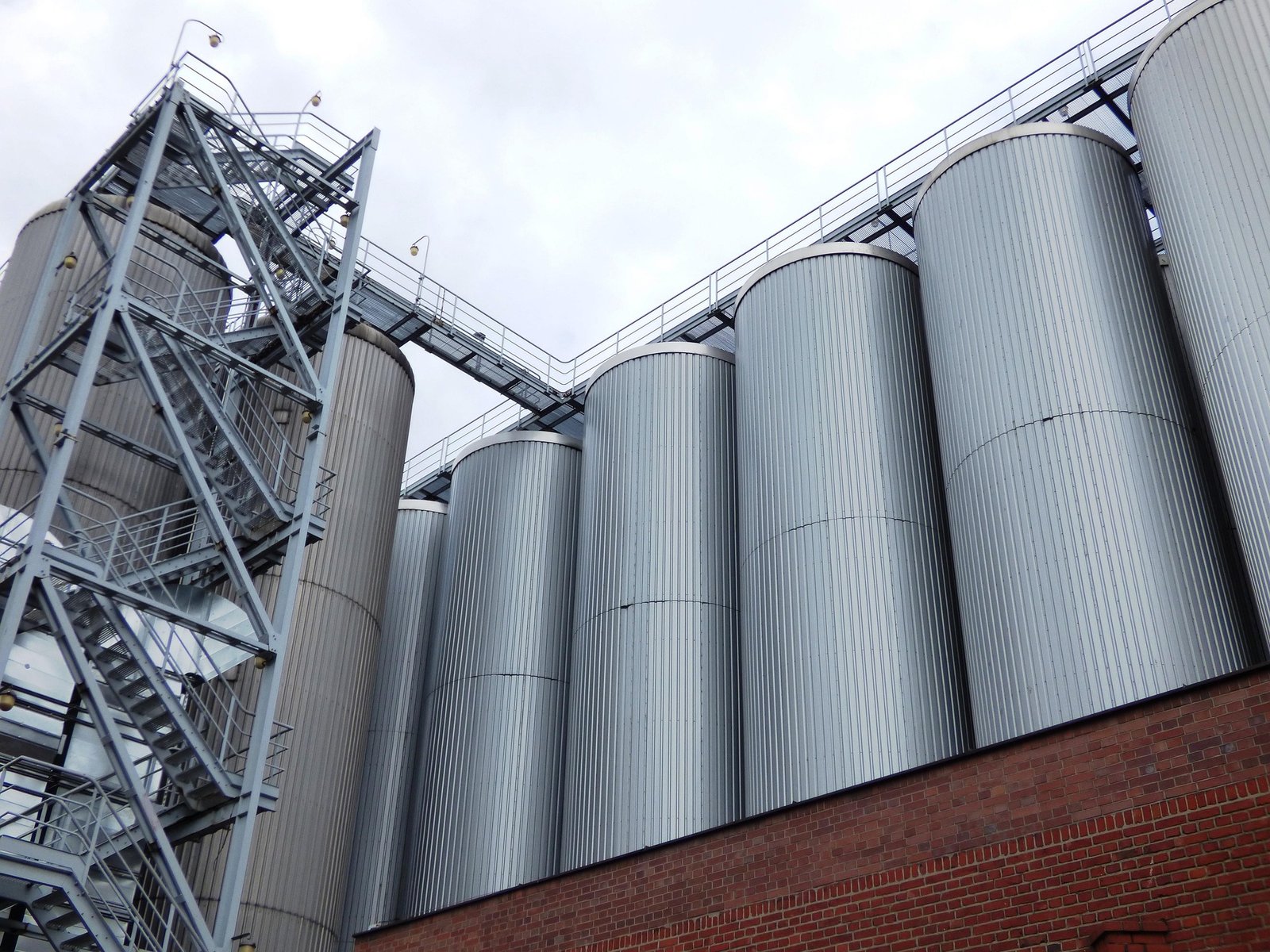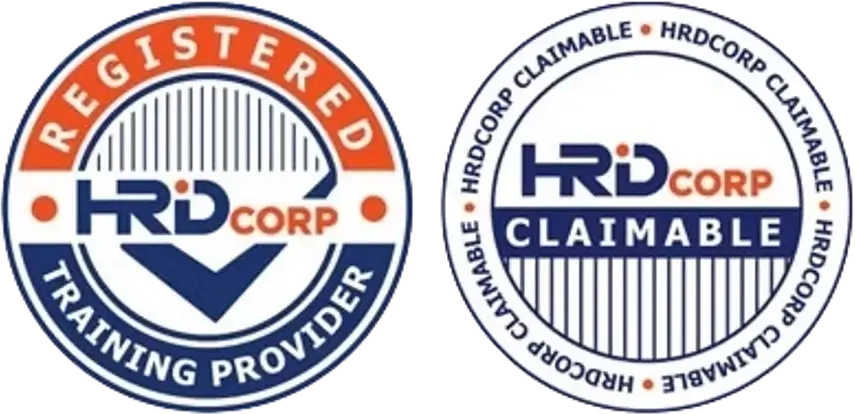Can You Integrate FSSC 22000 with ISO 45001 or ISO 14001?
If your company is certified to FSSC 22000 and you’re also considering ISO 45001 (Occupational Health & Safety) or ISO 14001 (Environmental Management), the good news is:
✅ Yes—you can integrate them into a unified management system.
Integration allows your company to reduce duplication, improve efficiency, and demonstrate a broader commitment to food safety, employee wellbeing, and environmental responsibility.
Let’s explore how this integration works and what you need to prepare.
🧠 Why Integrate FSSC 22000 with ISO 45001 or ISO 14001?
-
Aligns with the Annex SL structure shared by all three standards
-
Reduces documentation and audit complexity
-
Saves time, cost, and resources across departments
-
Strengthens internal communication and risk management
-
Makes your system more robust and globally competitive
✅ Key Shared Elements That Make Integration Easier
1. Context of the Organization (Clause 4)
-
Understand internal and external issues affecting:
-
Food safety (FSSC 22000)
-
Worker safety (ISO 45001)
-
Environmental impact (ISO 14001)
-
2. Leadership Commitment (Clause 5)
-
Top management must:
-
Establish policy and objectives
-
Assign roles and responsibilities
-
Demonstrate leadership for all three systems
-
3. Risk-Based Thinking (Clause 6)
-
Identify and assess risks in:
-
Food safety (e.g. allergens, contamination)
-
Health & safety (e.g. machine hazards, ergonomics)
-
Environment (e.g. waste, emissions, spills)
-
4. Support & Resources (Clause 7)
-
Shared needs for:
-
Training and awareness
-
Document control
-
Communication
-
Competency tracking
-
5. Operational Controls (Clause 8)
-
Implement SOPs and controls that address:
-
Hygiene and food safety (FSSC)
-
Workplace hazards (ISO 45001)
-
Environmental aspects (ISO 14001)
-
6. Monitoring & Evaluation (Clause 9)
-
Unified internal audit plan
-
Common KPIs for:
-
Safety incidents
-
Non-conformities
-
Environmental performance
-
CCP and OPRP compliance
-
7. Improvement (Clause 10)
-
Centralized:
-
Non-conformance tracking
-
Corrective and preventive action (CAPA) system
-
Management review across all disciplines
-
🔁 How to Structure an Integrated Management System (IMS)
1. Develop a Unified Policy
-
Combine food safety, OH&S, and environmental policies
-
Align with company mission and regulatory requirements
2. Create a Common Document Control System
-
Shared SOPs, templates, logbooks, and WI formats
-
Use digital systems (e.g., SharePoint, QMS software) for version control
3. Appoint Cross-Functional Teams
-
Combine QA, HSE, and operations into a single IMS Committee
-
Share ownership of key processes (training, risk management, audits)
4. Update Risk Registers & Legal Registers
-
Combine food safety risks with workplace and environmental risks
-
Keep a single register for:
-
Legal compliance
-
Permit requirements
-
Emergency response plans
-
5. Streamline Internal Audits
-
Train internal auditors on all three standards
-
Perform integrated audits by process (not by standard)
-
Reduce audit fatigue and improve effectiveness
❗ Common Integration Mistakes to Avoid
-
❌ Keeping separate teams that don’t communicate
-
❌ Using different templates and audit systems for each standard
-
❌ Forgetting to align objectives and KPIs across departments
-
❌ Neglecting cross-training of employees
-
❌ Ignoring clause overlaps and duplicating documentation
📌 Integration Benefits for Food Manufacturers
-
Easier to pass second-party (customer) audits
-
Better sustainability reporting and ESG alignment
-
Fewer non-conformances during certification or surveillance audits
-
More efficient training and awareness programs
-
Demonstrates a mature, risk-aware management culture
🏁 Final Thoughts
FSSC 22000, ISO 45001, and ISO 14001 don’t need to operate in silos.
By building an Integrated Management System (IMS), you ensure smarter compliance, stronger leadership, and higher operational excellence—while saving time and money.
Need help integrating your systems into one audit-ready framework?
At CAYS Scientific, we help food manufacturers design and implement customized, practical Integrated Management Systems that align with FSSC 22000, ISO 45001, and ISO 14001. Reach out today for expert guidance.




